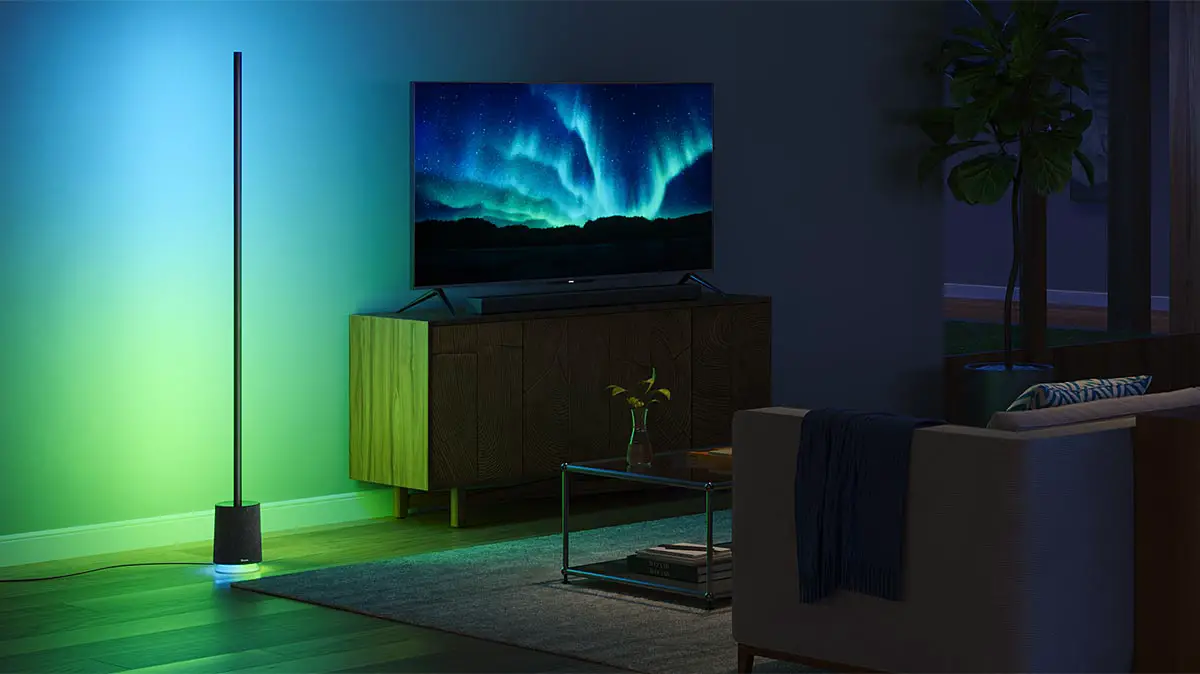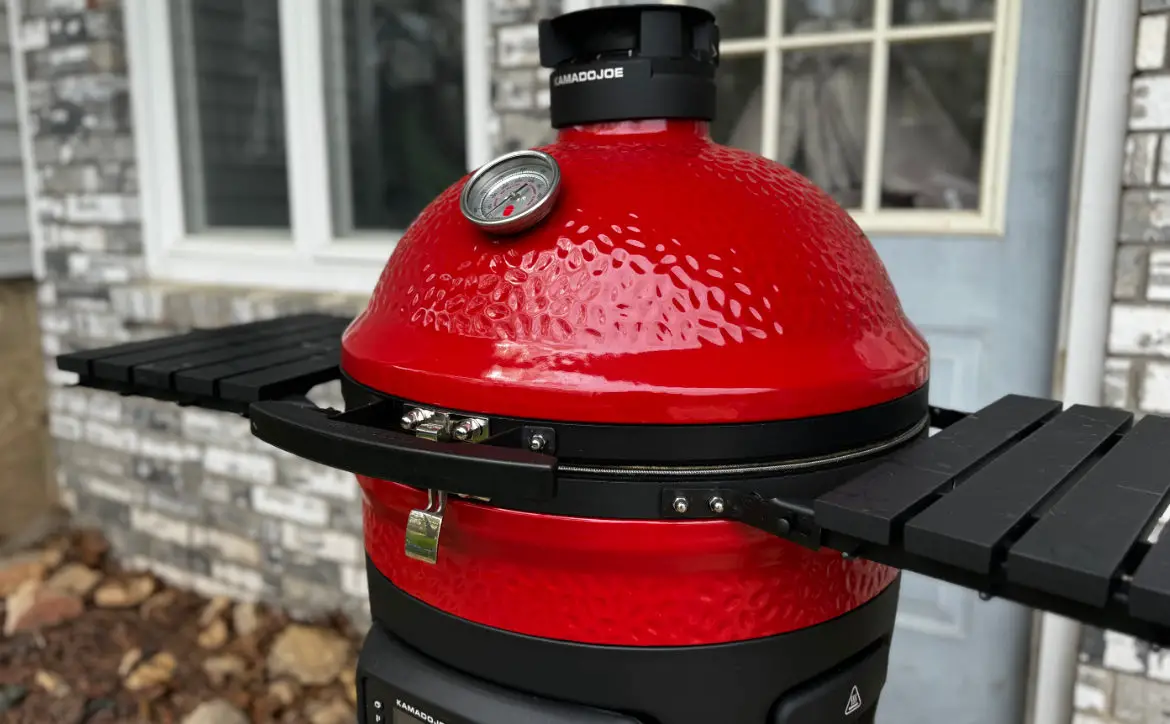Home security tech is critical to keeping you and everyone else in your home safe from outside threats. As of today, security tech is already far advanced, but there’s always room for improvement. With the evolution of computing and data networks, internet-based devices, and overall security capabilities, home safety could look a little different in the coming years.
Of course, it may be hard to imagine how much more security systems could improve. You already have remote controls and high-quality video streams from your cameras. Now imagine the potential of faster mobile controls or even robots supplementing your existing systems.
These ideas aren’t just possible, they’re probable. With the speed at which tech evolves and transforms industries, you’ll see a broad variety of new tech showing up in the coming years. The following five ideas will give you a better idea of what you can look forward to.
Biometrics
Biometric measurements like facial recognition or fingerprint scanners are popular for mobile devices and apps. They can quickly authenticate and confirm your identity. This step is crucial for when you need to access private information like your banking app. The same concept could soon come to home security.
As you enter your home, the system could prompt you to scan your face or your fingerprint, just as your smartphone does. Then, you’ll get instant access to your house. Anyone who doesn’t have their credentials in the system won’t have access, adding an extra safety measure on top of your current system.
Biometrics can also help with finding anyone who tries to break in. Some security systems are already using facial recognition software, which law enforcement officials can use to match suspects to anyone who your cameras capture.
Voice Controls
When it comes to controlling your smart technology, voice recognition has become one of the most critical aspects. With verbal commands, you can control your phone or Google Home hub to tell you the weather, set a reminder or send a text. As you integrate your smart home security system with other smart tech, you can count on seeing more voice control in the future.
This control will be helpful for elderly individuals or those with disabilities. They can easily control their home security system from any room in the house through speakers or even their mobile device if it all connects together.
Then, if there’s a home security threat, they can use their voice to call emergency services or lock the doors if they haven’t done so. You can say “call for help” or “lock the doors” and those actions happen in an instant.
Automation
Automation helps your tech adjust to your specific needs and preferences. For instance, if you set an alarm for a certain time every day, your phone may automatically suggest you set it if you forget. Your home security system could one day do the same if you forget to lock the doors one night or don’t activate monitoring.
In addition, robots use automation to move around and complete tasks. It’s likely that within the decade, you’ll be able to use a robot for home security that consistently monitors and protects. Automated drones, too, could one day fly around and capture images of the neighborhood or any potential intruders.
Though, for those who prefer a more involved approach to security, firearms offer a broad range of customization options for home defense that are only likely to grow in the next decade. The breadth and variety of firearms for home security could warrant an entire article on their own, but for the purposes of brevity, it’s worth saying they’re viable.

5G
5G networks are popping up around the world. Though the initial rollout was slower than experts expected, you can now get a smartphone that uses 5G. This new network is fast and efficient, which makes it ideal for tech of all kinds. In fact, 5G is about 100 times faster than 4G at its maximum throughput.
Many smart security systems already operate through Wi-Fi. As they begin to integrate 5G, they can become even faster. With all its capabilities, 5G helps tech transfer more data at a time, which is essential for security video streams and notifications.
As you get your video and notifications in real-time, you’ll be able to operate your system from any location. If you forget to turn on the system or need to check up on your home, you can quickly do so remotely as the coming years bring 5G connections.
Digital Privacy
Last but not least, privacy must go hand-in-hand with security. Since technology connects to networks and Wi-Fi and deals with a certain amount of personal information, the system must protect that data at all times. As the amount of device usage increases, so do cybersecurity threats throughout the world.
Moving forward, it’s imperative that home security systems, and all the devices and networks they connect to, are completely secure. They need evolving encryption, round-the-clock monitoring and risk mitigation and protocols should something go wrong.
Security companies often store information in data centers, which have their own resources for privacy. Of course, these centers will need to improve their protocols in the coming years. Automatic monitoring is one area to keep your eye on — it’s an invaluable resource for protecting data in any location.
An Evolved, Secure Home
Though 10 years is far away, you can already see the direction that home security tech is heading toward. The five areas above show that, with sustained progress, security systems will become more advanced than ever.










